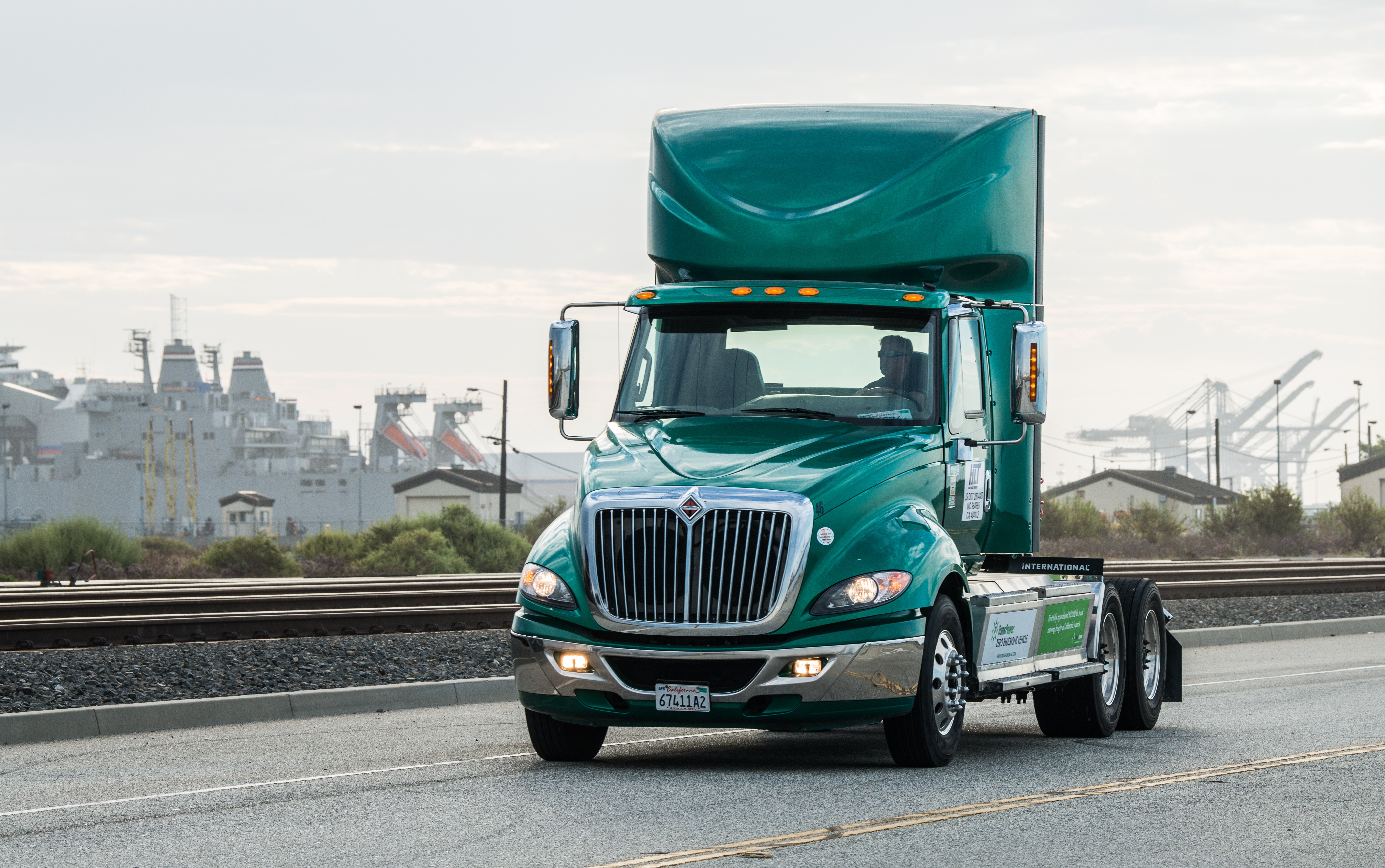 By Jacob Klein
By Jacob Klein
As e-commerce continues to grow as a share of the economy, warehouse and last-mile delivery center developments have been proliferating around the Bay Area, from SoMA to East Oakland to Hayward to Fremont. North Richmond, an unincorporated part of Contra Costa County, has several lots that developers have been eyeing. In May 2022, Sierra Club, working in tandem with community partners, secured a suite of benefits and mitigations for a proposed warehouse development in North Richmond, setting a new floor for regional campaigns on this rapidly growing issue.
The development was proposed by Centerpoint Strategies for a 555,537-square-foot, three-warehouse build-out on a lot just 600 feet away from Verde Elementary School and across the street from Urban Tilth, a non-profit that has been working since 2005 to “help build a more sustainable, healthy, and just local food system.”
Although Supervisor John Gioia introduced an ordinance that would place a moratorium on any new warehouse applications while the County figures out appropriate land use updates in December 2021, the Centerpoint Strategies application was already underway and not affected by the moratorium. Nonetheless, the County ordinance sent a strong message that developments would require closer scrutiny and that there would be a new status quo for greater community and climate health protections, especially for North Richmond.
North Richmond is already overburdened with air pollution, with a CalEnviroScreen in the 96th percentile. There’s a history of industrial use, and a population that is largely people of color and underserved. This is a common profile for communities targeted for warehouse development here in the Bay Area and elsewhere. Proximity to warehouses correlates closely with poverty rates, concentration of minority populations, and many other socio-economic demographics including linguistic isolation, asthma rates, housing inequality, and unemployment. And unfortunately, warehouses at the scale of the Centerpoint development have the potential to increase air pollution and criterion pollutant levels due to increased truck traffic emitting diesel particulate matter, among the many impacts that warehouses can have on local environments.
To mitigate these impacts, Supervisor Gioia proposed several forward-thinking measures as part of the development agreement with the County. Key among these was a rapid electrification of vehicles at the site with 33% of the fleet required to be zero-emission vehicles at start of operations, 65% of the fleet to be zero-emission vehicles by the end of 2023, 80% of the fleet to be zero-emission vehicles by the end of 2025, and 100% of the fleet to be zero-emission vehicles by the end of 2027.
This is a standard that we have not seen in many other places — and faster even than the state electrification guidelines — and we welcome this aggressive schedule. However, we still had some lingering concerns. First, in the five years between now and 2027, vehicles with harmful emissions will continue to be in use in close proximity to sensitive receptors, like the elementary school. Second, this schedule applies only to the vehicles that are domiciled at the site. This means that it applies to the vehicles that are owned and operated by whatever company ends up using this site, and only those that remain at the facility when not in use. The issue is that many e-commerce companies rely on third-party fleets of vehicles, or common carriers, which would not be required to update their fleets in the same ways. Unfortunately, it’s much harder to regulate common carriers, though we’re starting to see more strategies, like the Indirect Source Review Rule that South Coast Air Quality Management District passed in 2021.
Working with Urban Tilth, Richmond Our Power Coalition, and Supervisor Gioia, we were able to secure additional mitigation measures to try and help reduce the impact on the community and to create stronger accountability measures in case the development does not abide by the agreed-upon terms. The Contra Costa County Planning Commission approved the project on May 25th with the staff recommendations for the updates to the mitigation measures that we helped to create.
As part of the agreement, if the company is unable to meet zero-emission vehicle fleet requirements, they will have to prove that the cause is because of disruption in zero-emission vehicle manufacturing. That proof will have to be confirmed by a regulatory agency. Even still, the company will have to ensure that as many zero-emission vehicles are acquired as possible. Required carbon offsets must be prioritized locally where impacts are felt the keenest. Reports must be made to the County on progress toward meeting agreed-upon goals, and any permit adjustments sought require more stringent approval than administrative sign-off. As much energy as possible will be supplied by rooftop photovoltaic solar, with any additional energy needs to be sourced from renewable energy. Bans are placed on certain diesel-powered yard equipment and idling. And more.
Among the site-specific warehouse campaigns we’ve been working on in the Bay Area, this one represents a standard by which we plan to set the rest. However, we also understand that the reason for stronger standards has to do with the unfortunate location of this development near a school and community-centered farm. We plan to continue to work with local organizations and communities to ensure that the standards for this project are met and that standards across the board continue to lift.
Electric heavy duty truck from Trans Power used to move freight at the Long Beach Port in California. (Photo by Dennis Schroeder / NREL)